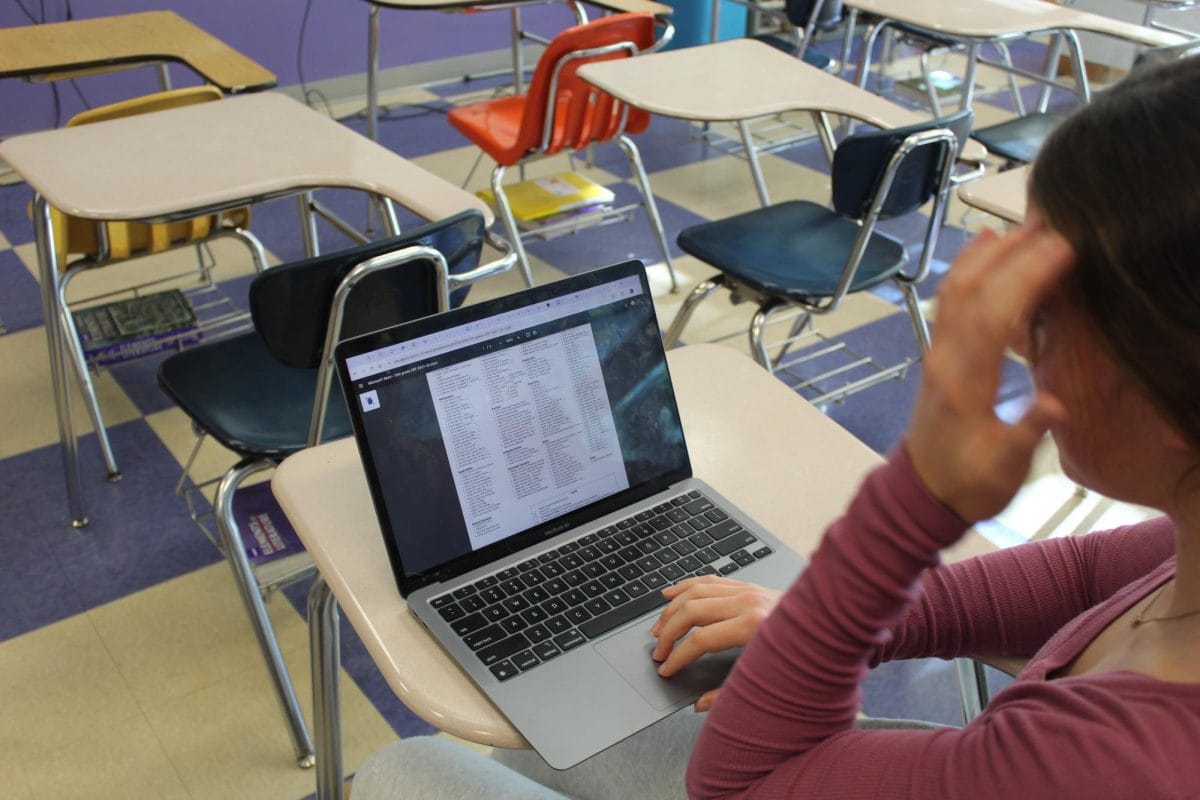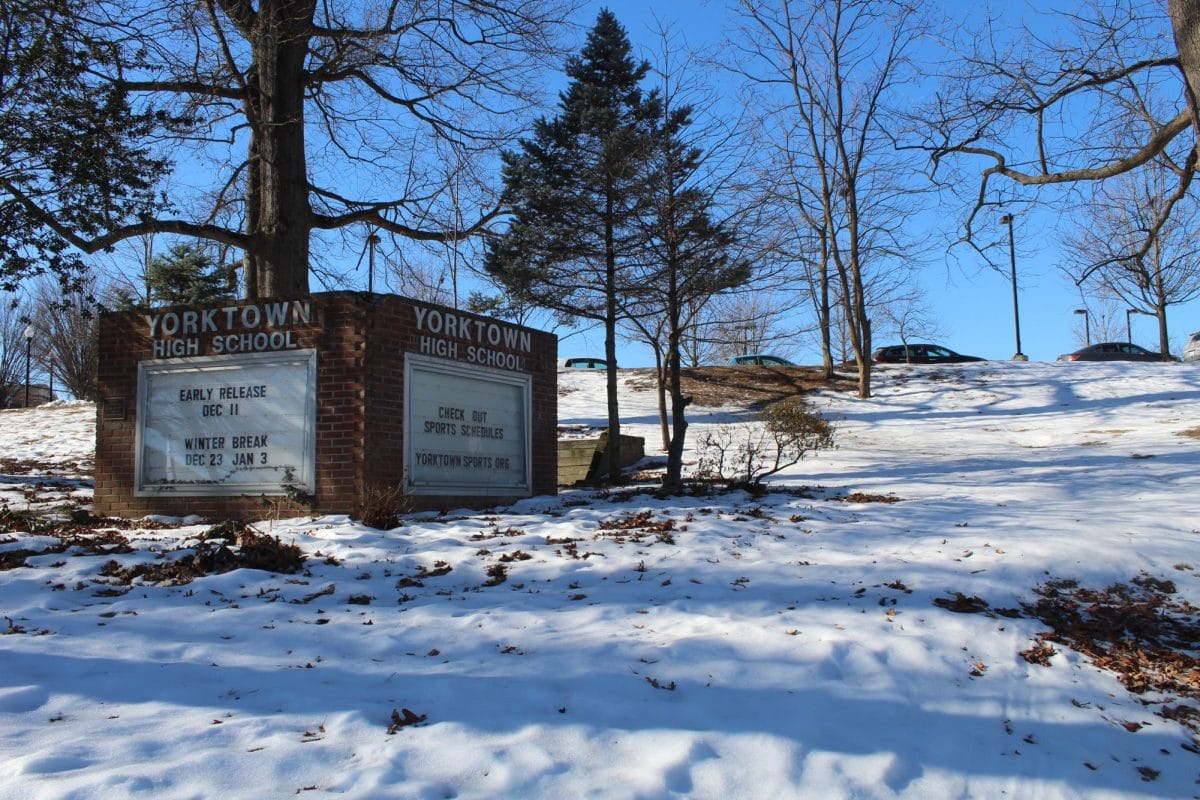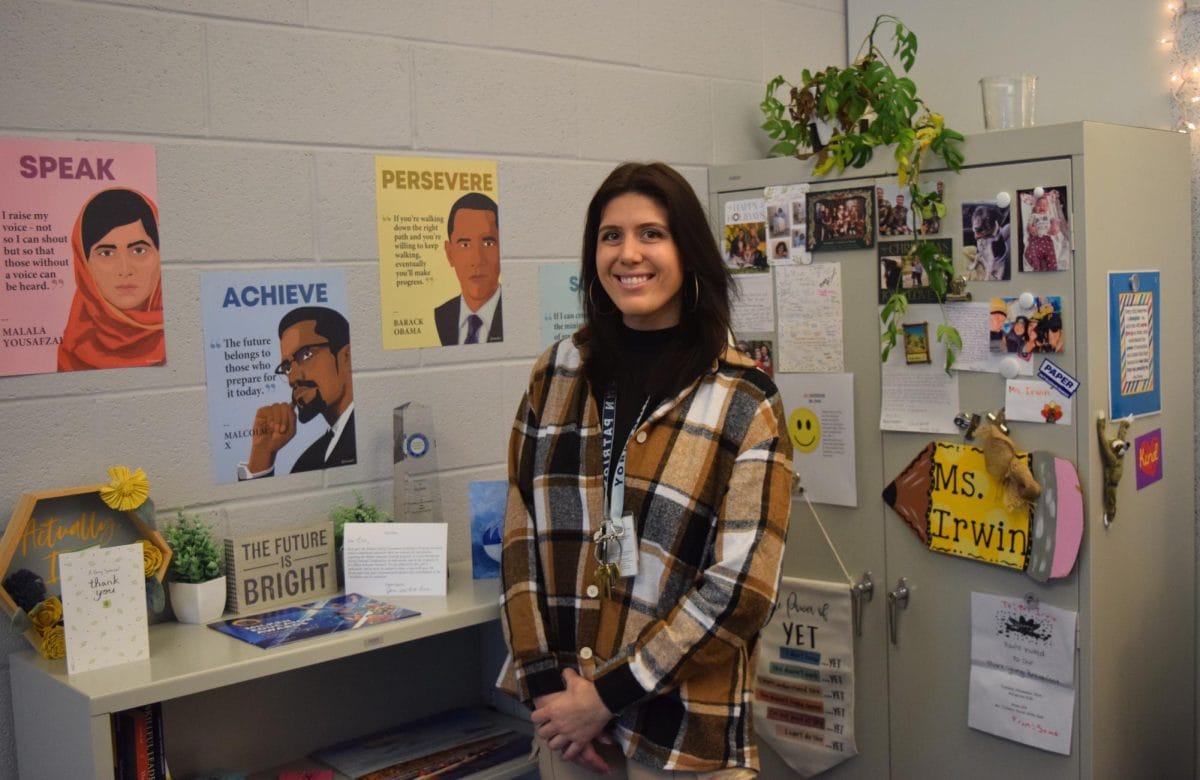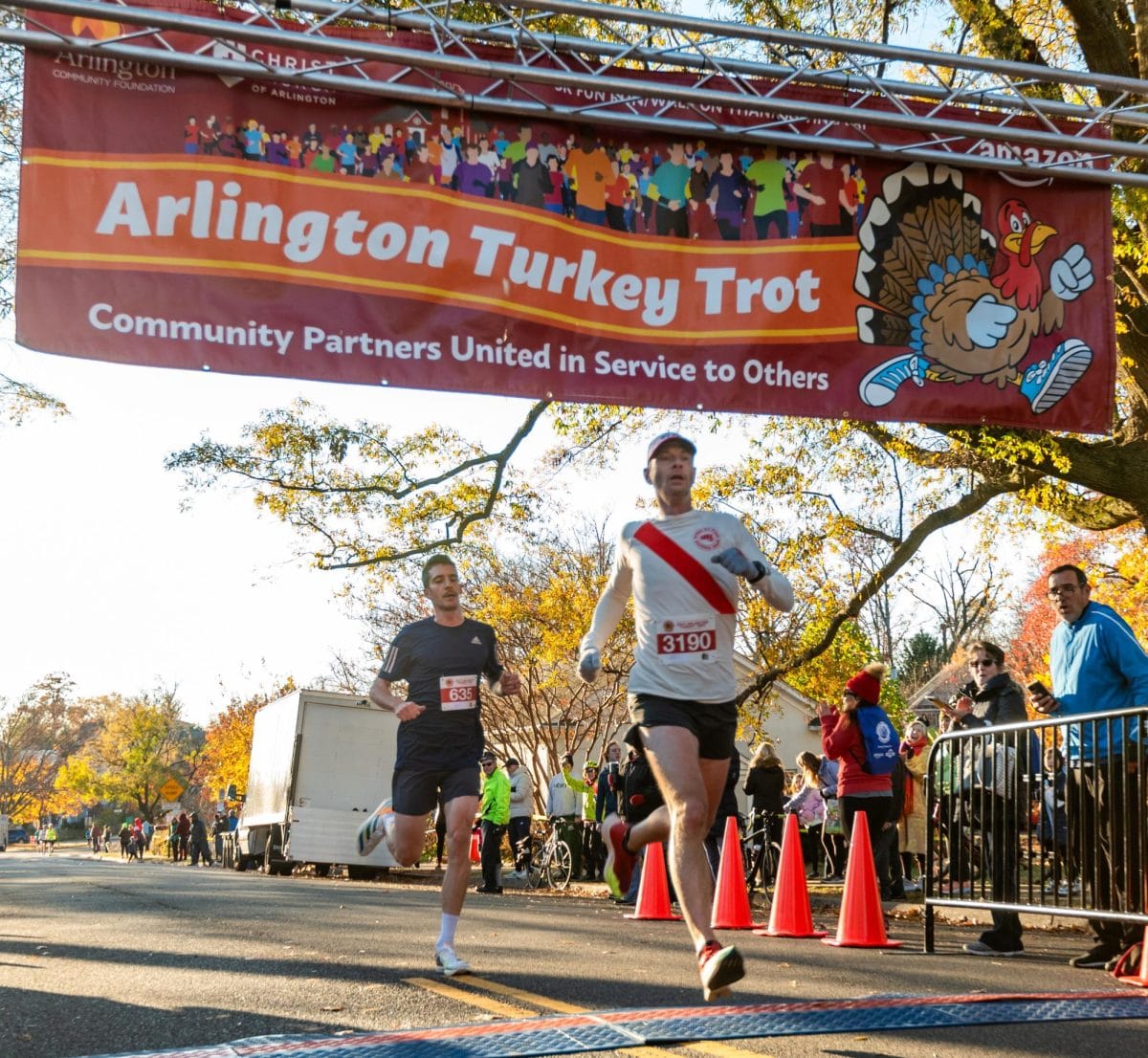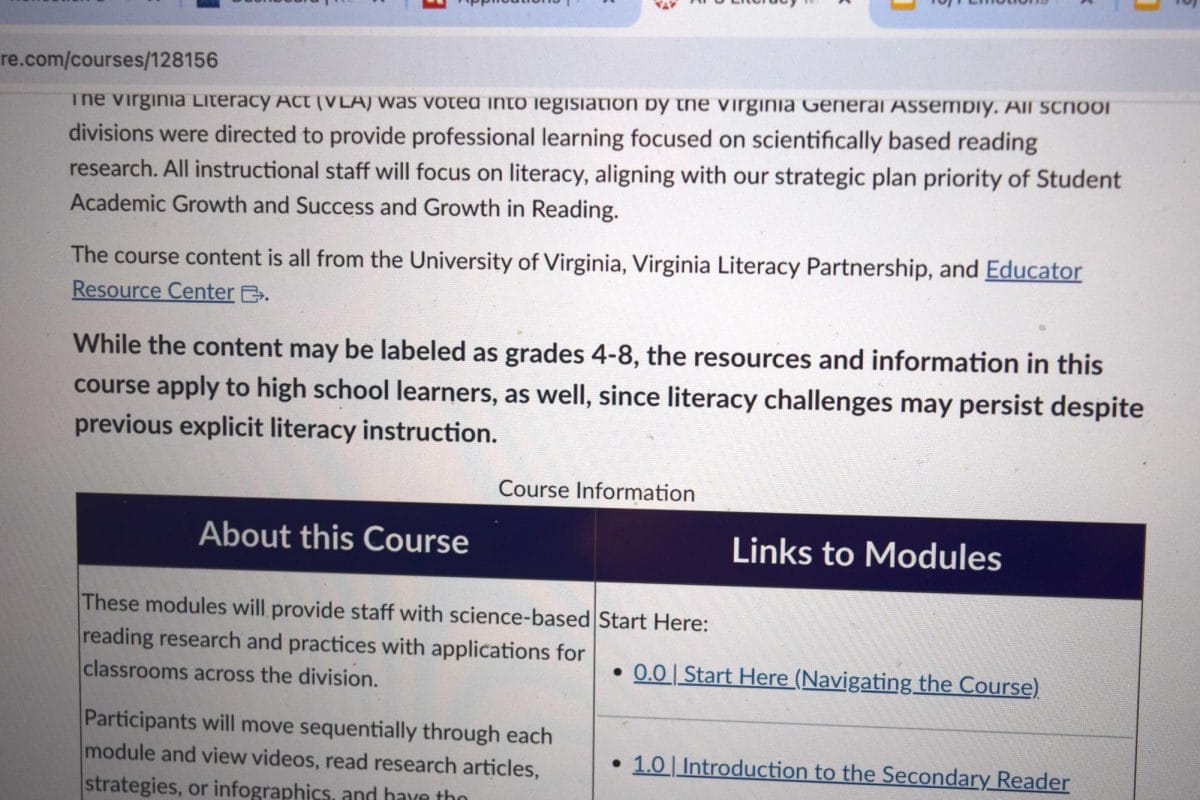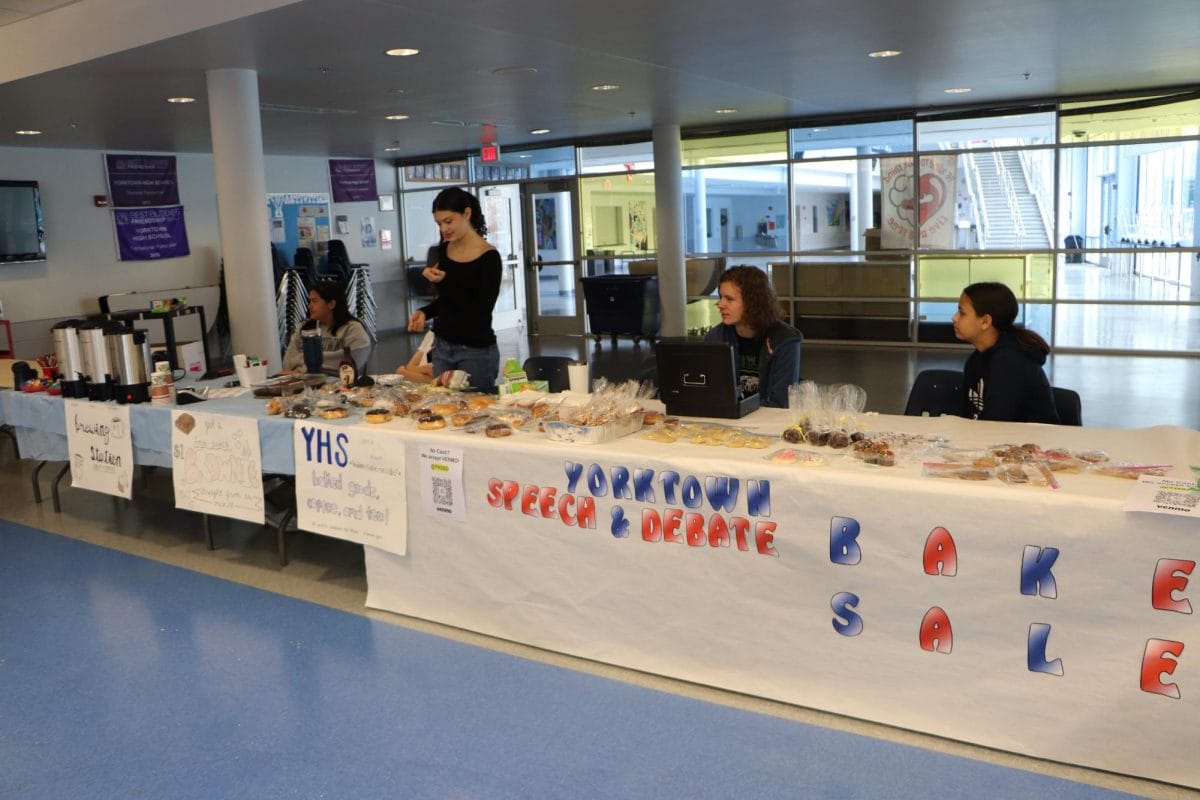Nearly five months ago, President Barack Obama announced that the United States and Cuba would begin to pursue a friendlier diplomatic relationship. On January 20, President Obama said in his State of the Union address that he hopes Congress ends the embargo established in 1960. For over fifty years, it was extremely hard for Americans to travel to Cuba without applying for a license or by going to Canada or Mexico to catch a flight there. However, this could soon change as the talks between the two countries may lead to Cuba being accessible to tourists.
Cuba is allowing certain Americans to visit the country in groups for educational purposes. AP European History teacher, Thomas Lenihan, has been selected by a program run by Tulane University to visit Cuba over the summer. He will be traveling with a group of twelve other history teachers to Cuba from June 19 until July 4.
“It’s sort of like a study abroad for teachers,” said Lenihan. “You had to apply through Tulane, and I was selected. There are a number of reasons I applied. Obviously, Cuba is an interesting country and there is a lot of change happening with President Obama calling normalized relations. It’s this mysterious place that not a lot of Americans have been to.”
Lenihan is no stranger to traveling around the world over the summer. He has been to several countries in Europe, and this past spring break he traveled to the Galapagos Islands.
“I’ve done a number of summer programs,” said Lenihan. “There are a lot of summer programs out there, especially for social studies teachers, through the National Endowment for the Humanities to Europe and the Goethe-Institut to Germany. I guess I’ve been to maybe twelve or thirteen countries.”
Lenihan has been talking about the United States’ relationship with Cuba recently in his world affairs class because of its coverage in the news. He said that the group of teachers would be covering a lot of ground during their trip to Cuba, and are hoping to see as much as they can during their two week stay.
“We will be visiting different sites,” said Lenihan, “such as the Bay of Pigs, the town of Trinidad, different places in Havana, a sugar plantation and a tobacco farm, an urban working farm, and we will be having guest speakers—a lot of different avenues and examples of experiencing Cuban culture.”






































